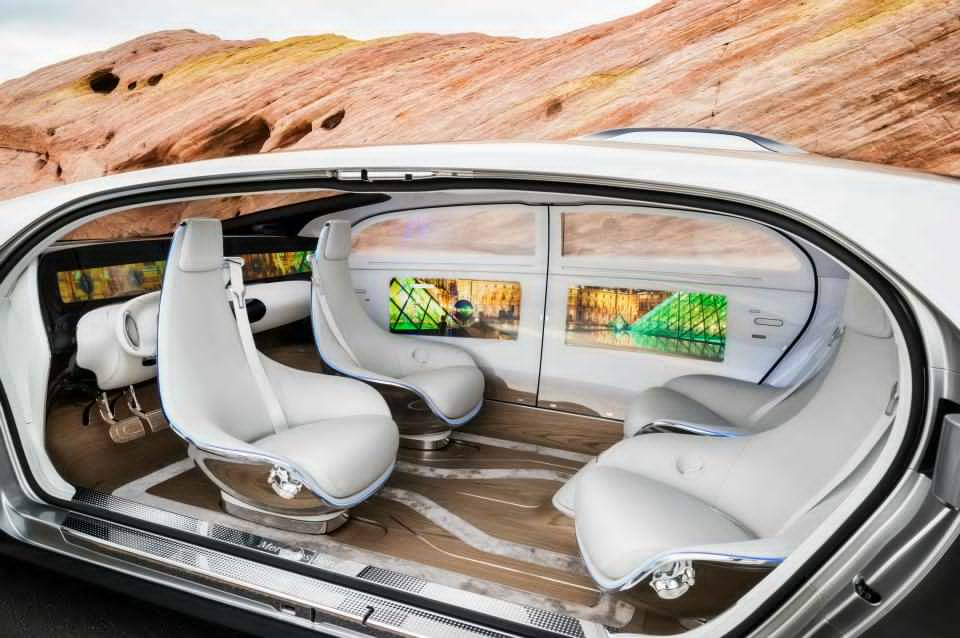Within a few years self-driving cars will be a regular sight on the roads of this world. Consumers and companies will start to take autonomous vehicles for granted, but few people will ask questions about what happened to the once glorious car manufacturers and the millions of jobs attached to it all around the globe. With cars slowly becoming a commodity rather than a status symbol, the Fords, Volkswagens and Toyotas out there will need to find a way to stay relevant. Utilizing points of differentiation and turning them to profits will be crucial. Here are some of my suggestions on how car manufacturers will be able to earn money once their products are autonomous and how to partly prevent them from becoming commodities. The basis of the following three ideas is the assumption that when consumers don’t need to keep their eyes on the road anymore they will behave like at home or at their workplace.
- Every car is advertising space. Probably the most obvious and most profitable option, especially in connection with location-based services or new technologies like augmented reality. Every consumer will receive personalized ads and companies will have lower customer acquisition costs due to the high relevance of the targeted ads.
- Every car is an office. While some executives with drivers already use their cars as offices, this will get much more comfortable and convenient with more space and improved functionalities for everyone. Consumers will be willing to pay for superior car offices.
- Every car is a place of entertainment. This will not just include all possible ways to enjoy a movie or series, but also the growing market of gaming. Imagine playing a car racing game including the real surroundings with AR!
Furthermore, if car manufacturers want to successfully take part in networks, all programs running on the car’s hardware will need to be openly sourced much like the apps on all common platforms today. In my opinion, in autonomous vehicles content will be the only source of product differentiation, not the hardware that is the car itself.
Do you disagree? Why? And what other ways to earn money will car manufacturers have? Please leave your ideas in the comments, I’d love to hear more of them!
References
Wilson, B. (2017). Autonomous Vehicles…Inevitable and Imminent?. Retrieved from https://www.linkedin.com/pulse/autonomous-vehiclesinevitable-imminent-bill-wilson
Image Source: https://www.benzinsider.com/wp-content/uploads/2015/01/mercedes-f-015-interior-9.jpg



